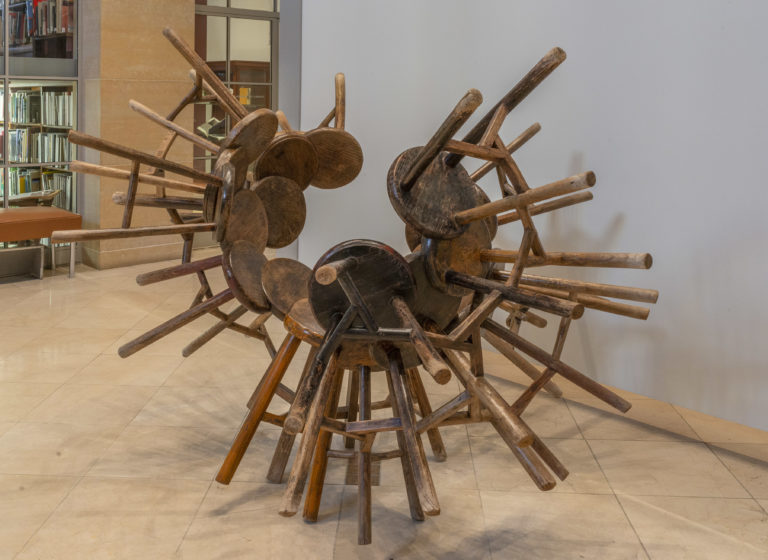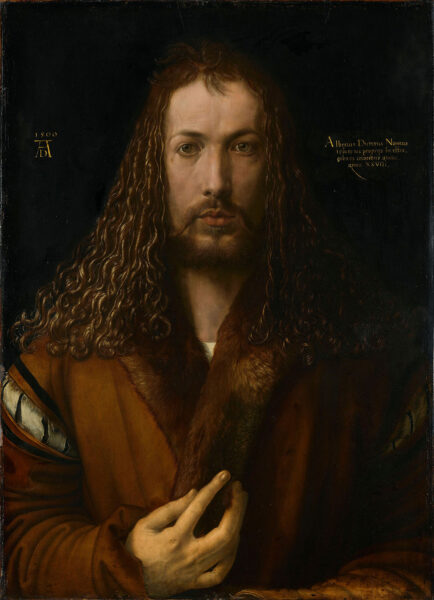An Ancient Ritual as an Artistic Theme
Deeply rooted in Mediterranean and European cultures, we are witnessing one of the oldest agricultural tasks in the world. Beyond its obvious importance in viticulture and wine production, the grape harvest has been a creative wellspring for various artistic expressions, particularly in painting. From Ancient Greece and Rome to modern Europe, the grape harvest has been depicted in artworks that highlight the connection between humans and nature. In these societies, the grape harvest was not just an economic activity but also an event filled with rituals and festivities in honor of the gods of wine, such as Dionysus or Bacchus. These celebrations were captured by artists in frescoes, mosaics, and reliefs, where the abundance of grapes and wine symbolized both fertility and divine ecstasy.
During the Renaissance, when artists rediscovered classical and mythological values, the grape harvest was interpreted as a sign of earthly and spiritual fulfillment. In paintings like Velázquez’s *The Triumph of Bacchus*, one can perceive how wine and the grape harvest were associated with the joy of life, often depicting Bacchus, the god of wine, in scenes of great dynamism and festivity.


The Grape Harvest in Modern Art: Naturalism and Symbolism
Over time, artists began to move away from mythological themes to focus more on the everyday aspects of the grape harvest. Rural life and grape harvesting became recurring motifs within naturalism and impressionism. Painters like Camille Pissarro and Vincent van Gogh portrayed rural scenes with peasants working amidst vineyards, capturing the changing light and warm atmosphere of the outdoor workdays.
In Van Gogh’s *The Red Vineyards near Arles*, the intense colors and energetic brushstrokes celebrate the connection between the workers and the land, creating a visual rhythm that mimics the very process of harvesting. Here, the grape harvest is not just an agricultural act but a moment of harmony between humans and the natural environment, where art and life intertwine.
In symbolism, the grape harvest takes on another dimension. Symbolists often link it to the idea of reaping the fruits of human labor, but also to the passage of time and decay. Artists like Gustav Klimt used this iconography as a metaphor for the cycle of life, from youth to maturity, depicting the grape harvest as a prelude to transformation.
Wine Therapy in Art
A lesser-known curiosity in the relationship between the grape harvest and art is the concept of wine therapy, a phenomenon that emerged in Europe in the 19th century and inspired several artists. Wine therapy is the use of wine and grapes for therapeutic and beauty purposes, something that, in the context of painting, began to gain popularity during the Belle Époque and subsequent movements. Painters and sculptors started to depict female figures in wine baths, as allegories of eternal youth and fertility, linking the act of grape harvesting with the regeneration of the body and soul.
This theme appears in many more decorative works of art, where wine baths are associated not only with pleasure but also with a reconnection with the natural and ancestral. Although more present in commercial art and illustrations of the time, this symbolism still endures in certain forms of contemporary art, where wine, both in its production and use, is seen as a healing element, evocative of nature and renewal.
Alphonse Mucha, the famous Czech painter and designer of the Art Nouveau movement, is one of the artists who explored the idea of wine therapy in his work. Known for his depictions of ethereal and sensual women surrounded by natural elements, he used the theme of wine and its regenerative power in some of his commercial illustrations and posters. A good example is his series of allegories dedicated to the seasons or cosmetic products of the Belle Époque.

Color, Movement, and Tradition
The act of harvesting grapes offers a rich palette of colors and an opportunity to explore movement and texture in painting. The vibrant greens of the vineyards, the purple and reddish tones of the grapes, and the golden light of the autumn sun become fundamental elements of the compositions. The painting of grape harvests also allows artists to experiment with the play of light and shadow, the rough textures of the earth and vines, and the contrasts between the workers and the natural environment.
This chromatic and movement play is especially evident in impressionist and post-impressionist works. Claude Monet, for example, in his series of vineyard landscapes, captures how the late summer light caresses the ripe grapes and fields that seem to vibrate with life. The act of grape harvesting thus becomes a dance between light and shadow, body and nature.
Harvest as a Contemporary Allegory
In contemporary art, the grape harvest continues to be a source of inspiration, often with a more conceptual or critical reinterpretation. For some artists, it represents the resilience of traditions against industrialization; for others, it symbolizes the precariousness of rural workers or the tensions between humans and the environment. In a world where climate change threatens traditional crops, some painters use the theme of the grape harvest as a way to explore the relationship between humans and nature and the challenges facing modern agriculture.
The Chinese artist Ai Weiwei is known for his conceptual artworks that address social and political issues. In his installation *The Grapes of Wrath*, Ai uses grapes as a symbol of oppression and resistance. Peasants and farm workers who have faced precarious living conditions and have been oppressed by economic and political power systems.
Today, thanks to its colorfulness, energy, and deep cultural significance, the grape harvest remains a theme that attracts artists, inviting us to reflect on the intersection between tradition and creativity in visual art.
































































